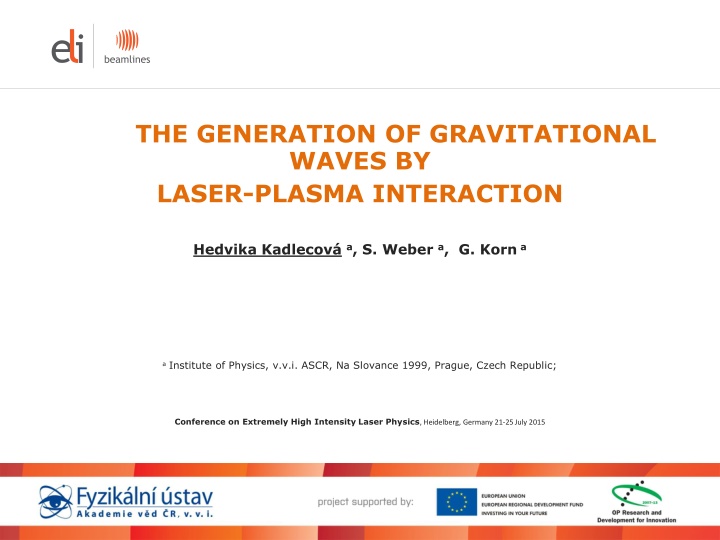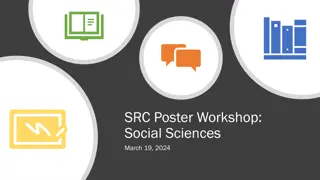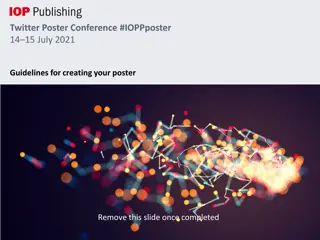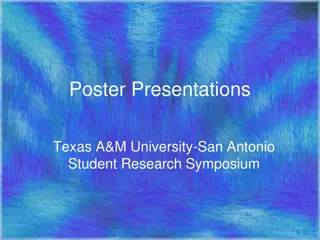
Gravitational Waves: Laser-Plasma Interaction and Detection
Explore how laser-plasma interaction generates gravitational waves, their characteristics, detection methods, and advanced laser facilities for research. Learn about the generation, properties, and theoretical aspects of gravitational waves.
Download Presentation

Please find below an Image/Link to download the presentation.
The content on the website is provided AS IS for your information and personal use only. It may not be sold, licensed, or shared on other websites without obtaining consent from the author. If you encounter any issues during the download, it is possible that the publisher has removed the file from their server.
You are allowed to download the files provided on this website for personal or commercial use, subject to the condition that they are used lawfully. All files are the property of their respective owners.
The content on the website is provided AS IS for your information and personal use only. It may not be sold, licensed, or shared on other websites without obtaining consent from the author.
E N D
Presentation Transcript
THE GENERATION OF GRAVITATIONAL WAVES BY LASER-PLASMA INTERACTION Hedvika Kadlecov a, S. Weber a, G. Korna aInstitute of Physics, v.v.i. ASCR, Na Slovance 1999, Prague, Czech Republic; Conference on Extremely High Intensity Laser Physics, Heidelberg, Germany 21-25July 2015
THE GENERATION OF GRAVITATIONAL WAVES BY LASER PLASMA INTERACTION Connection of two research fields: High energy Laser plasma interactions (energy ranges PW, EW) Gravitational theory New laser facilities enable applications to other fundamental research fields: -(38-40) Generation of gravitational waves with sensitivity h ~ 10 Problems with detection still did not happen! (2014 South Pole BICEP)
WHAT IS A GRAVITATIONAL WAVE Are the perturbations of spacetime ripples of spacetime ( waves in Minkowski flat space) Waves travel with speed of light: (mass changes) carry energy, angular momentum influences geometry of spacetime and affects all mass two independent polarization states (ellipse) We can measure: Polarization of the wave Amplitude, frequency The direction of propagation
THE PW LASERS ELI - Beamlines project ( operational 2017 future) the intensity 10 petawatt (10 16watts) repetition rate of 0.01 Hz, pulse lasting 150 fs. explore both theoretically and experimentally the ultra-relativistic (above 1023W/cm2) regime of laser-matter interaction (exotic physics) Other experiments: PW APOLLON (France), APRI-GIST (S. KOREA), OMEGA-EP(ROCHESTER)
THE GRAVITATIONAL WAVES We assume gravitational waves in linear approximation: sources in very large distances (stars), small motion Waves are generated by: singular events or periodic events of mass motion Einstein equations: The wave equation:
THE GRAVITATIONAL WAVES The dominant component in multipole expansion: Quadrupole moment: where for neutron star: -24 h ~ 10 Luminosity of gravitational radiation: The resulting expected orders -(17-19) (erg/s) L ~6 * 10
MODELS OF GW GENERATION The Shock wave model: laser points on thin foil, the mass is accelerated, has a velocity and quadrupole moment For experimental values: frequency range in GHz domain
MODELS OF GW GENERATION The Ablation rarefaction model: For experimental values:
MODELS OF GW GENERATION The Piston model: hole boring For experimental values: leads to frequencies in THz range
POLARIZATION OF GW RADIATION The plane wave solution: Transverse Traceless gauge where the projector has a form: njwave vector Two modes of polarization:
POLARIZATION IN MODELS Results for the shock wave model: Wave vector oriented in z-direction For ansatz z : The radiation is vanishing in the direction of propagation. The wave vector oriented in x-direction:
POLARIZATION IN MODELS The general direction of the wave vector: The radiative characteristics of GW: the distribution of radiation in space
DETECTORS OF LOW FREQUENCY GW ( < 100 HZ) -16 tube resonant detector (1960 s) Weber detectors: h ~ 10 First experiments measured systematic mistakes in experiment. Today s Weber detectors have sensitivity h < 10 -19 MiniGrail, Auriga(Padova) Interferometers LIGO(USA), VIRGO (IT-FRA) Laser system with two arms, arm length 4 km L-shaped ultra high vacuum, h < 10 Time of wave travel in milliseconds. -23 Joined observatories: Livingstone (Lousiana), Hanford (Washington)
DETECTORS OF HIGH FREQUENCY GW Li-Baker detector suggested project in 2011 Final Cost: approx. 6 Million US -32 Expected sensitivity: hmin=10 Generation by two x-ray lasers (760 nm, 20 fs, rep. rate 100 MHz) Detection based on a coupling between EM and gravitational waves synchro-resonance solution different from Gertsenshtein effect
Acknowledgements This research has been supported by ELI-Beamlines (CZ.1.05/1.1.00/483/02.0061) . /483/02.0061) . References [1] X. Ribeyre and V. T. Tikhonchuk, "Possible Experimental tests of General Relativity and Gravity on LMJ-PETAL", IZEST -- ELI-NP Conference in Paris, (2014). [2] M. Maggiore, "Gravitational Waves: Volume 1: Theory and Experiments", Oxford University Press, New York, (2008). [3] R. Fabbro et al., Planar laser--driven ablation: Effect of inhibited electron thermal conduction , Phys. Fluids 25, (1984). [4] N. Naumova et al.,"Hole Boring in a DT Pellet and Fast--Ion Ignition with Ultraintense Laser pulses", Physical Review Letters 102, 025002 (2009).






















